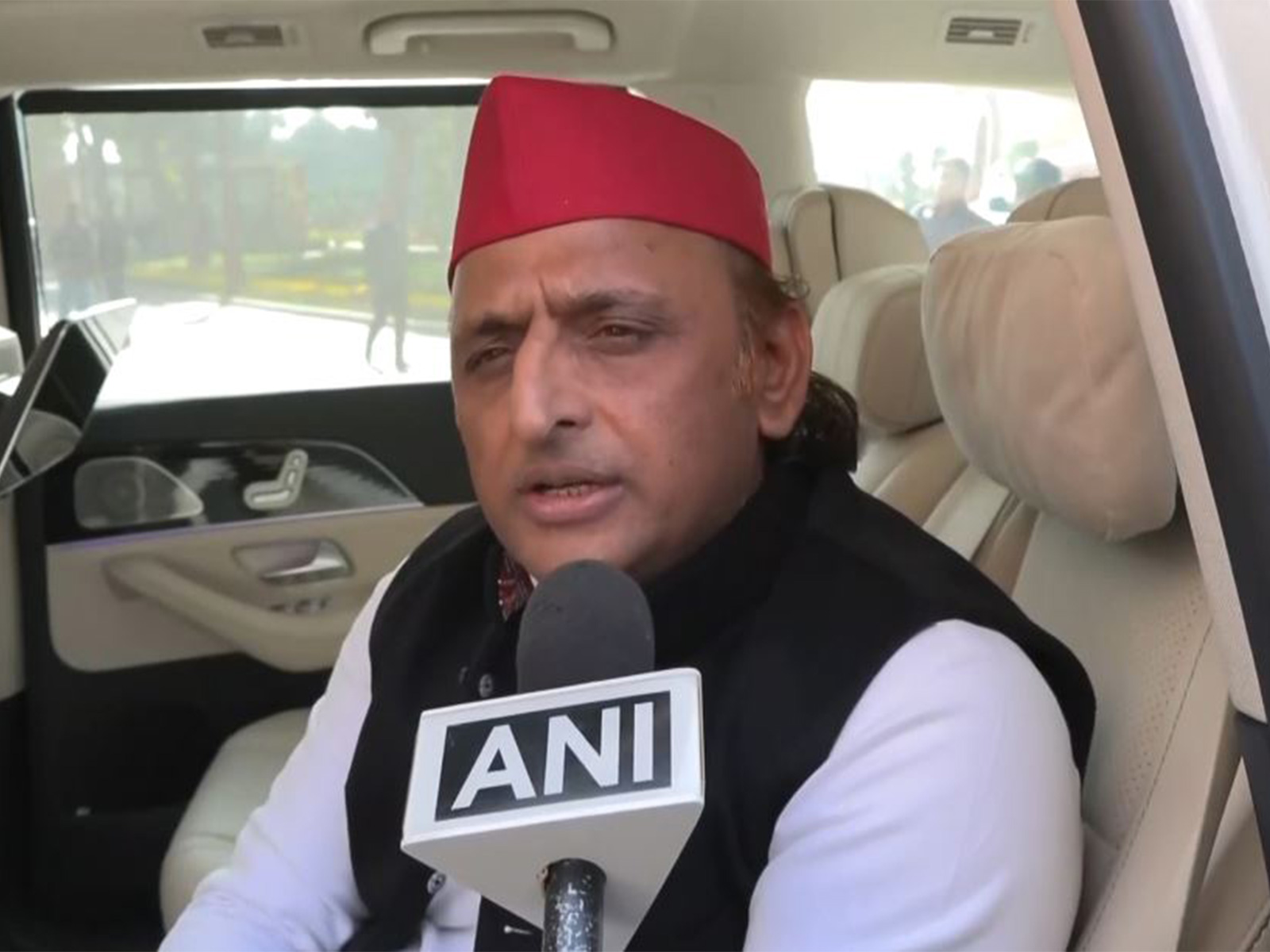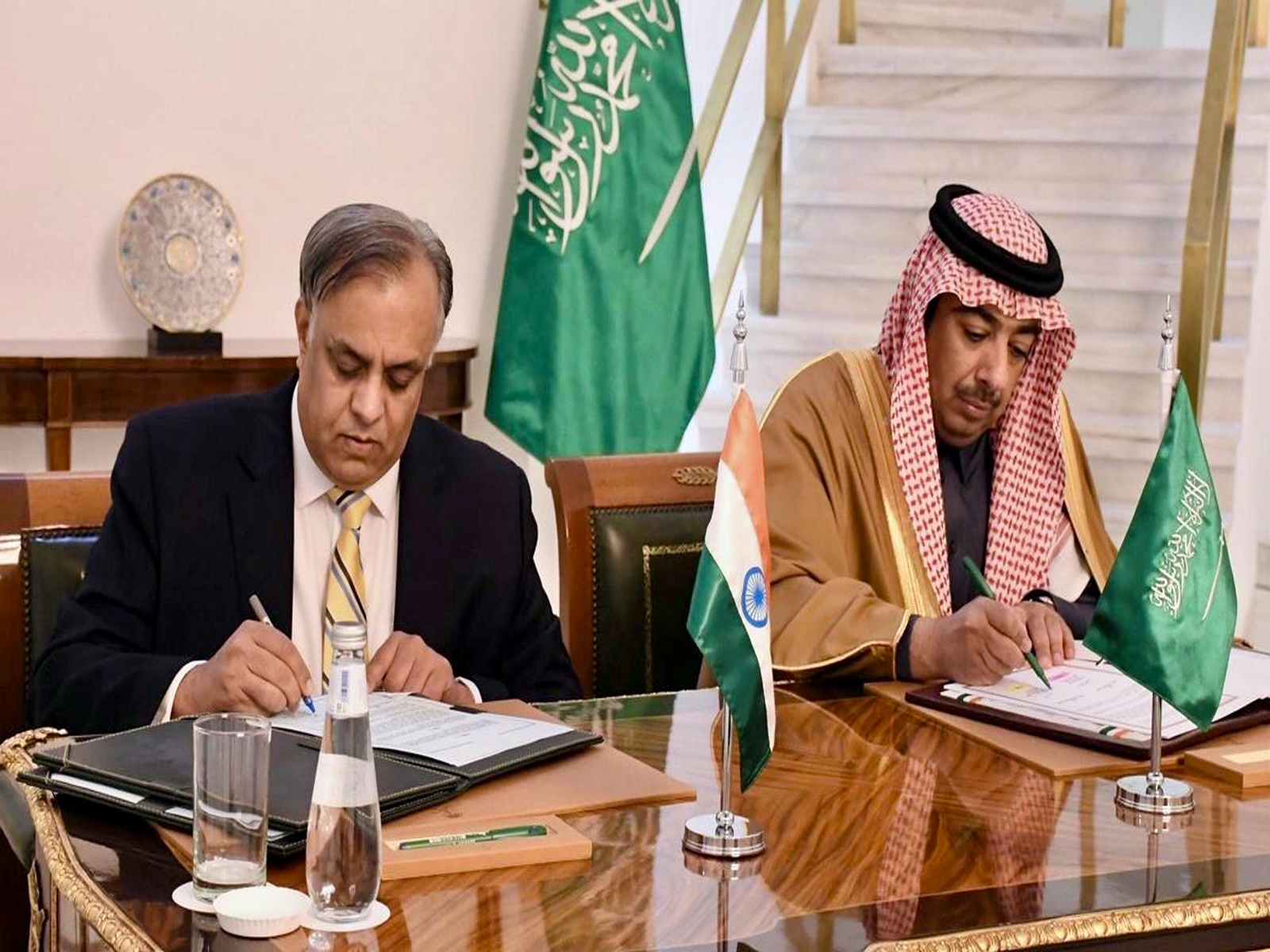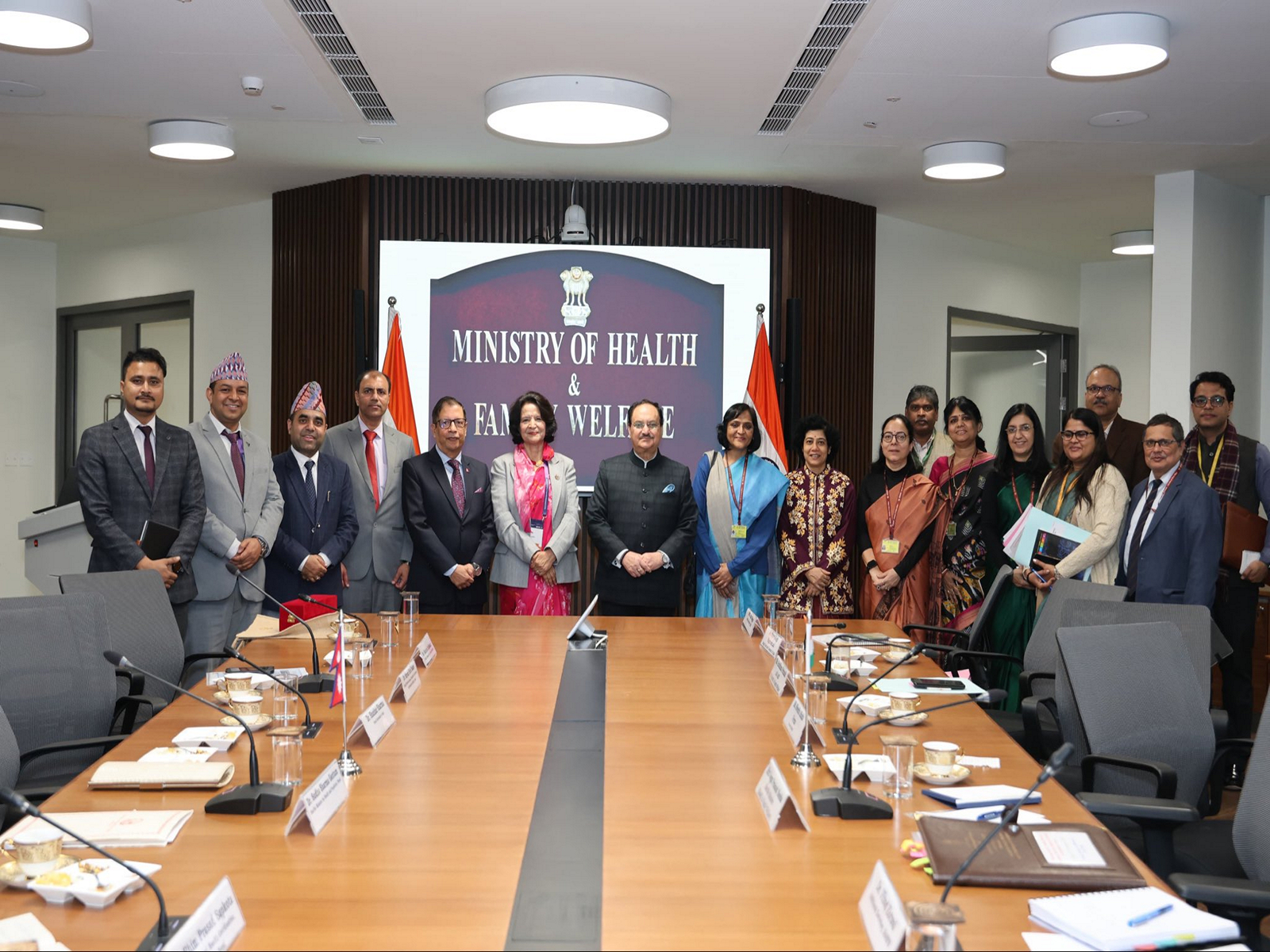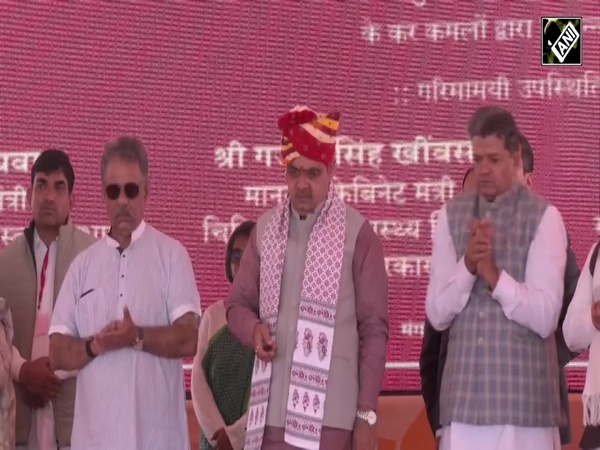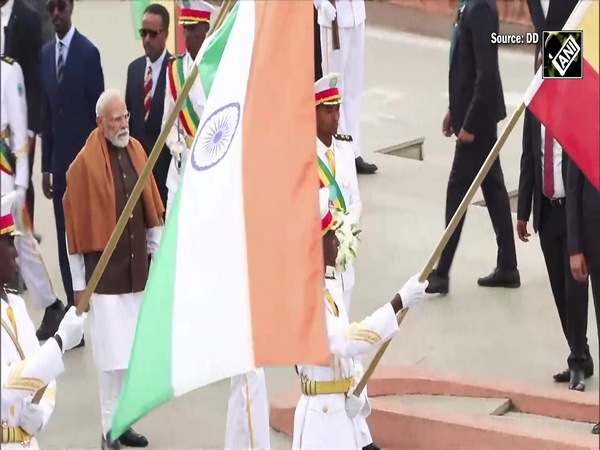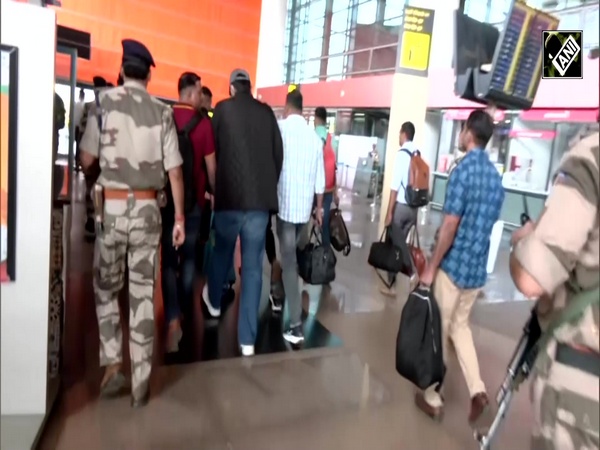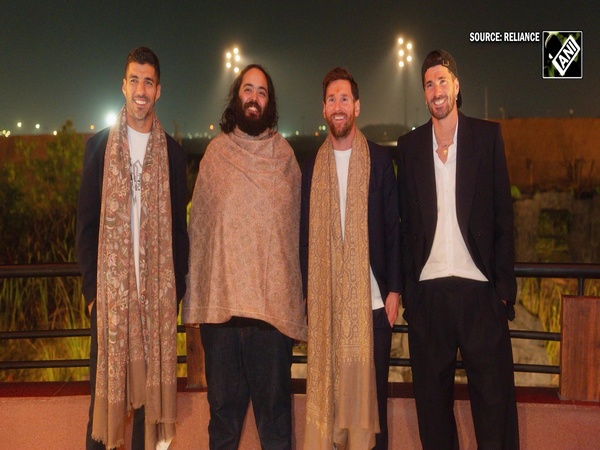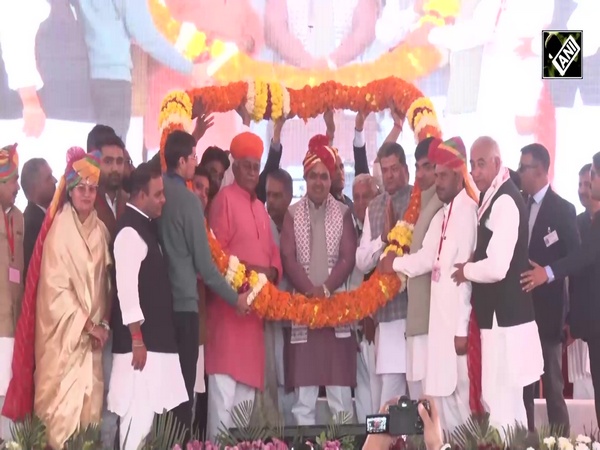Aatmanirbhar campaign gaining ground: IAF Chief VR Chaudhari
Dec 14, 2023

Pune (Maharashtra) [India], December 15 : Indian Air Force Air Chief Marshal, VR Chaudhari said that the Aatmanirbhar campaign is gaining ground and most of the weapons that were imported are going to be made in India and integrated with Indian Air Force aircraft.
"Aatmanirbhar campaign is gaining ground. We are now proud of being able to host a whole lot of weapons...Most of the weapons that were imported are now going to be made in India and integrated with our Indian Air Force aircraft," Chaudhari said speaking at the General BC Joshi Memorial Lecture 2023 at the Savitribai Phule Pune University.
The Air Chief Marshal said that the Akash missile, the MR-SAM and the S-400 are three different versions of surface-to-air guided weapons.
"When it comes to surface-to-air guided, the Akash missile, the MR-SAM and the S-400 are three different versions of surface-to-air guided weapons. We are also about to procure the close-in weapon systems and the VSHORAD, particularly to counter the threat from drones...," Chaudhari said.
The Air Chief spoke on "Transformation of IAF into a Contemporary and Future Ready Aerospace Force". Chief of the Air Staff (CAS) articulated the vision of IAF as laid down in the latest edition of IAF's doctrine (2023) viz; "to be an agile and adaptive Air Force that provides decisive aerospace power in furtherance of our national interests".
The CAS also brought out that the IAF needs to 'See First and See the Farthest, Reach First and Reach the Fastest, Hit First and Hit the Hardest. He also brought out IAF's contribution to nation building highlighting the sterling role played by IAF towards Humanitarian Assistance and Disaster Relief during national calamities and evacuation of Indian diaspora from conflict zones.
The focal point of his strategic vision integrates cutting-edge technologies to bolster IAF's operational capabilities.
The Air Chief highlighted the importance of acquiring state-of-the-art equipment and platforms to ensure air superiority in the region including airborne and unmanned platforms. sensors, communication and electronic warfare systems.
The CAS also highlighted the significance of well-trained personnel and brought out the complexities of a technology-driven battle space. Investment in innovation and disruptive training programs with a focus on technology infusion for skill development will prove to be decisive in future multi-domain operations.
He also brought out the significant steps taken by IAF towards automating its operational, maintenance and administrative processes by employing Al and big data analytics to improve efficiency.
The CAS spoke on IAF's commitment towards fostering strategic partnerships with friendly nations through joint exercises, information-sharing mechanisms and collaboration to imbibe best practices and enhance operational effectiveness.
The Air Chief elucidated the need for integration, seamless collaboration and jointness between the three services to fight tomorrow's war. He also stressed on the fact that Indian Air Force has remained steadfast in its view that integration and jointness is the only way ahead.
He highlighted IAF's unwavering commitment towards delivering joint capability and generating effective response options as part of a coherent national strategy. Several initiatives in this pursuit like joint logistics nodes, interoperability between the services, joint ISR and cross postings of officers were also brought out during the lecture.
CAS highlighted IAF's proactive engagement with academia, start-ups and industry to drive technological novelty and development as a part of its indigenisation and innovation drive. This has resulted in various projects and schemes that have been initiated for incorporating modern defence technologies into IAF's inventory.
The CAS emphasised that this vision is aligned with India's broader defence objectives through self-reliance and in-house Research and Development.
In his concluding remarks, the CAS mentioned that the future battle space would be cluttered, congested, contested and complex and that there was a definite imperative to reimagine, reform, redesign and rebuild our traditional war fighting machinery to adapt to this emerging paradigm.


